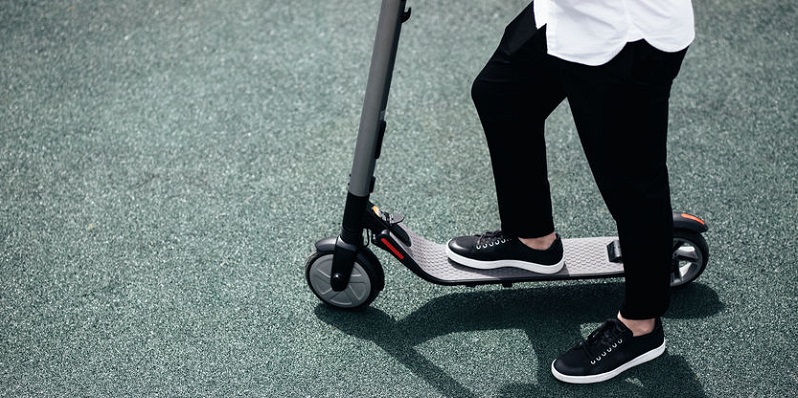About 1,500 people around the country had been injured in accidents involving electric scooters since 2017. By January 2019, five national e-scooter rental companies operating in Denver had brought about 1,265 of the zippy vehicles to town.
Trendy Rentals Bring Injury and Accidents Along With Them
They may look like toys. But the latest vehicles to enter Denver’s crowded streets carry adults. They also carry a heightened risk of serious injury or death in a Colorado traffic accident.
Standing electric scooters are the 21st-century version of foot-powered toys that ten-year-olds used to hammer together from a few boards and a pair of old skates. Like their makeshift ancestors, the electric models offer zero protection when something goes wrong, aside from a sometimes-faulty handbrake.
And now you don’t even have to own one to ride one.
1,265 E-Scooters and Counting
In May 2018, the scooter rental company Lime deployed a hundred of the dockless electric vehicles on Denver streets. Lyft, a company best known for car-based ride-sharing, also rode a fleet of scooters into town. The Denver Department of Public Works (DPW) reports that as of January 2019, five companies were operating a total of 1,265 electric scooters in the Mile High City.
DPW began to regulate these vehicles in August 2018. Its pilot program allows five companies to operate fleets of 350 scooters each; which means that as the weather grows warmer, as many as 1,750 could be zipping around the city. The agency has been monitoring the scooter operations and will reevaluate the situation this summer.
Off Sidewalks, Into Bike Lanes
In January, the Denver city council voted to divert e-scooters from sidewalks to bike lanes on all streets where the special lanes are available. Valid only in Denver, the new city law countermands a state law categorizing the devices as “toy vehicles” and requiring them to be ridden on sidewalks. Council members seemed to be more concerned about the sudden influx of the scooter fleets than they were about public safety on either sidewalks or streets.
For scooter riders, streets are riskier. Sharing the street with cars and trucks–even if the scooters are confined to bike lanes–means that riders are more likely to be involved in serious or fatal accidents.
Pedestrians and bicyclists are already at risk. In 2018, 21 bicyclists and 88 pedestrians died from accidents on Colorado streets and roads, making up about 17 percent of the 628 total traffic fatalities, according to the Colorado Department of Transportation. But the statistics do not address serious non-fatal injuries sustained in pedestrian accidents.
Hazards of Scooters
Evidence of the risks of scooters for riders and others has been growing.
In February, the Denver DPW published the results of an unscientific public opinion survey on the rental scooters and electric bikes. Half of the 2,084 respondents had ridden the vehicles. About 34 percent said that they had been hit or almost hit by a scooter while walking, another 19 percent said that they had been hit or almost hit by a scooter while driving a car. About 1 percent said they had hit or almost hit a car while riding a scooter.
Also in February, Consumer Reports revealed that about 1,500 people around the United States had been injured in accidents involving electric scooters since 2017. The number is probably higher, since “many hospitals still don’t track” such injuries, according to the consumer advocacy group. The results are also incomplete because they don’t show how many of the accidents were related to crashes with other motor vehicles and how many were simply rider mishaps.
One recent scooter-car fatality has grabbed national attention, perhaps because it so vividly dramatizes the new concerns. On February 1, an Austin, Texas man died after riding his Lime rental scooter into a turning car. Coincidentally, the U.S. Centers for Disease Control and Prevention is researching the accident trend in Austin to determine just how dangerous the scooters are. A report is due later this year.

